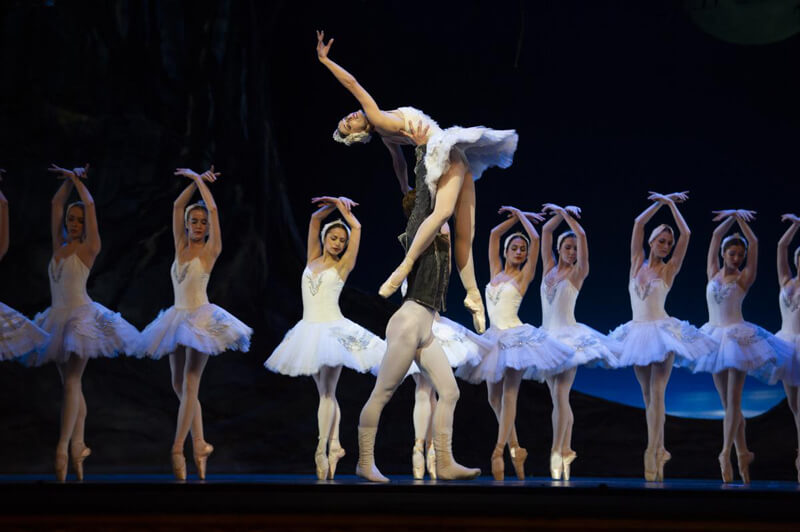The strength of ballet lies in its narrative of centuries of unbroken artistic development, which began in European courts in the 16th century. However, a closer look at the history of ballet reveals very different ways the art form has understood its content and purpose as part of a wider cultural and historical transformation. The texts in this section explore both the diverse history of ballet and its influence on art dance more broadly.
Hanna Järvinen: A Cultural History of Ballet – Five Centuries of a European Art Form
- From a Court Dance to an Art
- From Baroque Theatre Space to Horseshoe Theatres
- Dance as Writing
- Sallé, Garrick, Noverre and the Stage as a Picture
- The Romantic Age – From Action Ballet to Sensual Impressions
- Mime vs Dance
- The Second Half of the Nineteenth Century – Towards an Increasingly Spectacular Spectacle
- The ‘Old’ and the ‘New’ Ballet in Russia
- The Russian Ballet of Diaghilev (and a Few Others)
- Avant-garde and Neoclassicism – Ballet as Manifestation of Music
- The Many Styles of the Twentieth Century
- Contemporary Ballet
- Ballet class
- Conclusion
Mikael Aaltonen: William Forsythe’s Postdramatic Ballet and Choreographic Installations
- From Balanchine towards Postdramatic Theatre
- Installation, Choreographic Object and Social Choreography
Hanna Järvinen: Orientalism in Ballet
- Critiques of Orientalism and Whitewashing History
Jukka O. Miettinen: The Long History of Orientalism
- World Exhibitions and Dance
- The Golden Age of Orientalist Dance
